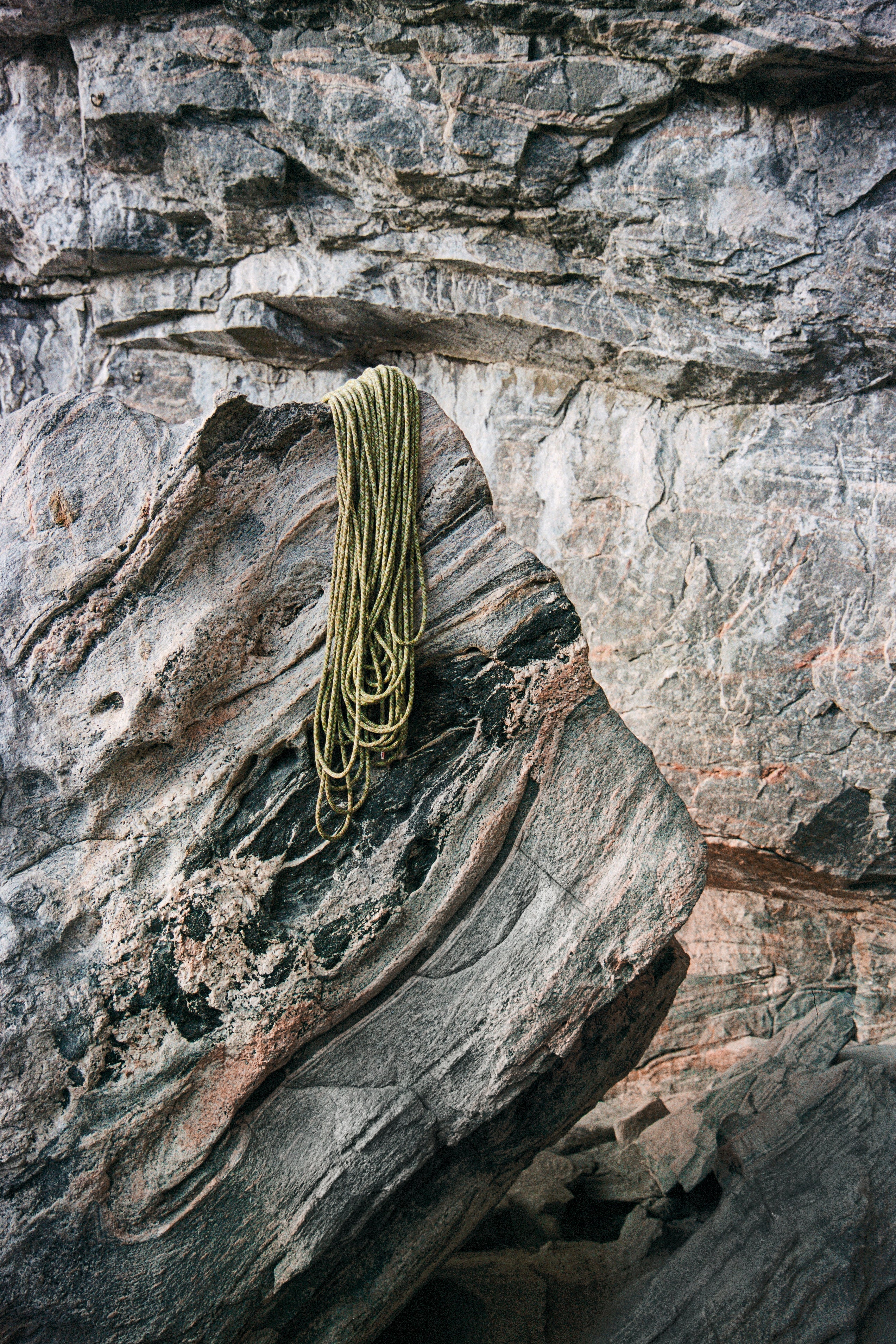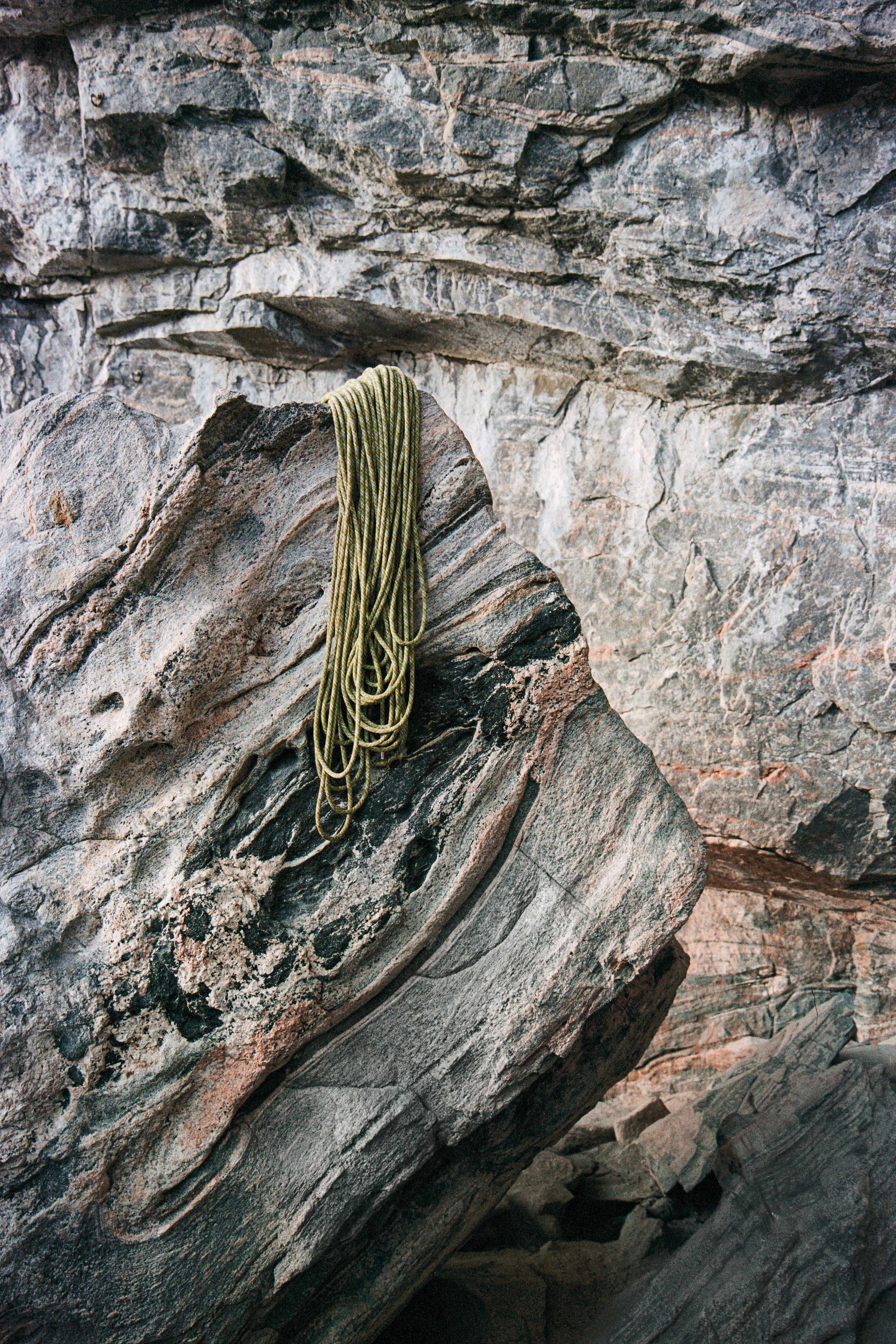Part 2: When should I retire my rope?
Deciding to retire your rope can be hard. You’ve had some great sends with that rope, been on some great adventures, struggled through hard times and achieved great things together.
But everything has a time. And it’s important to understand when the time comes for your rope. Sometimes ropes look amazing, but they can be compromised, but other times you’ve used them for years but they’re still good to go. So how do you know when a rope has seen it’s day?
We’ve put a few simple suggestions below to help you make the tough decision.
- Frequency of use
As mentioned in our previous blog, the maximum lifespan of a rope is 10 years. After that, it’s well and truly time for retirement. But before that, it’s based on how much you’ve used it, fallen on it and how it’s been maintained.
Every rope has a manufacture date printed on the end of the rope and packaging – be aware, these fade over time. Take a photo when you first buy it, write it down somewhere or get it tattooed (just kidding).
Below is a table we’ve put together for an approximation of durability of your rope depending on use:

- Feel your rope
Yep. Run your fingers over your rope, pull it through your hand and feel for signs of wear. Obvious signs would include:
- Cuts
- Thicker or thinner parts of the rope
- Stiffer or softer sections of rope
- Discolouration
- Sheath damage causing the core to be visible


If the damage is at the end of the rope – no biggie. You can cut and seal the rope and keep using it. But if it’s in the middle of the rope – time to retire your trusty old rope.
*Note: Fuzzy areas on your rope are normal after use, but keep an eye on them and check them before each use.
- Resistance and elasticity tests
To ensure the core of your rope is still in tact – without cutting it, we suggest using the resistance method outlined below.
Make a loop and apply pressure. If the rope shows resistance and ‘bounce’ at the loop, then you get the thumbs up. But if the loop collapses, then the structure is damaged and we suggest you stop using the rope for climbing.
So what if your rope has some damage, but the damage is at the end of the rope?
Tune in next week for Part 3: How to cut a damaged rope
Read more

Part 1: What can damage my rope? There are a tonne of things that can cause damage to your rope. But to help make it easier, we've listed some of the more common causes of rope damage and what to d...

Part 3: How do I cut my damaged rope? As we’ve discussed, just because your rope is damaged doesn’t automatically mean retiring it. If your rope is damaged at the end, you can consider cutting it a...

